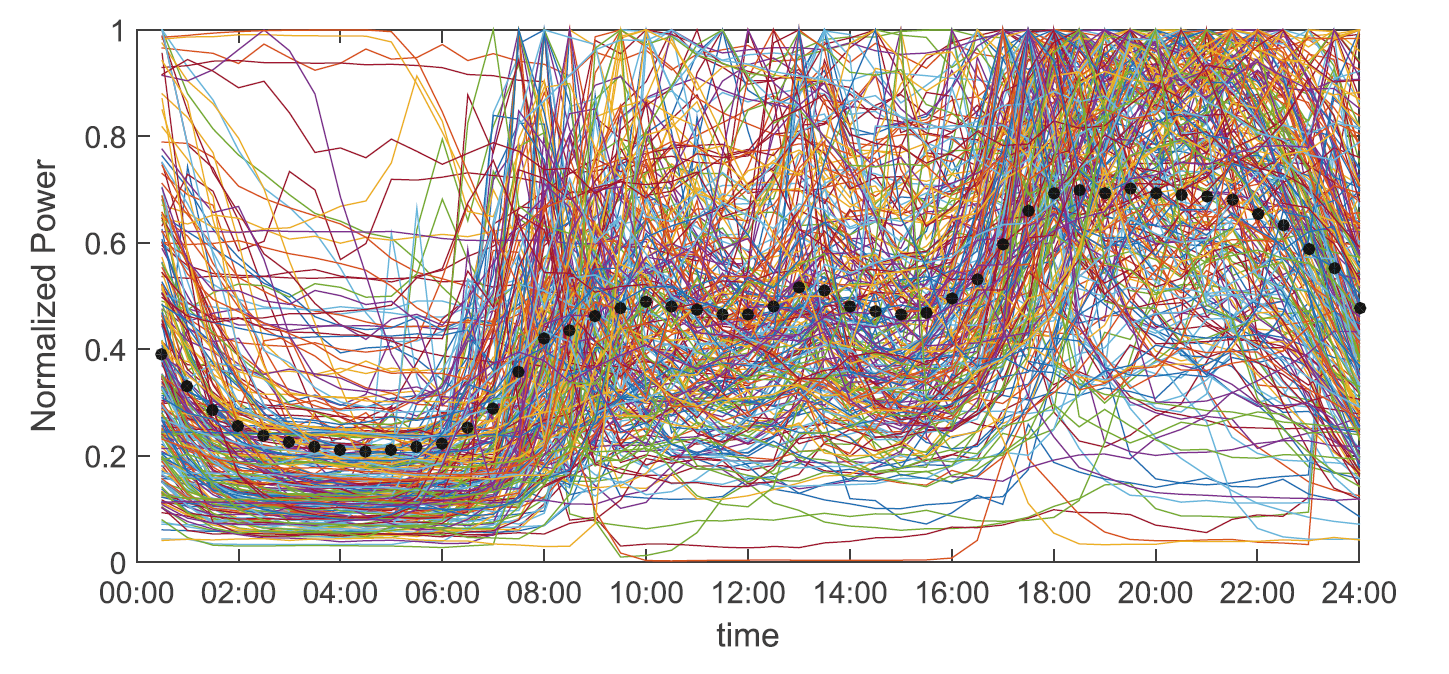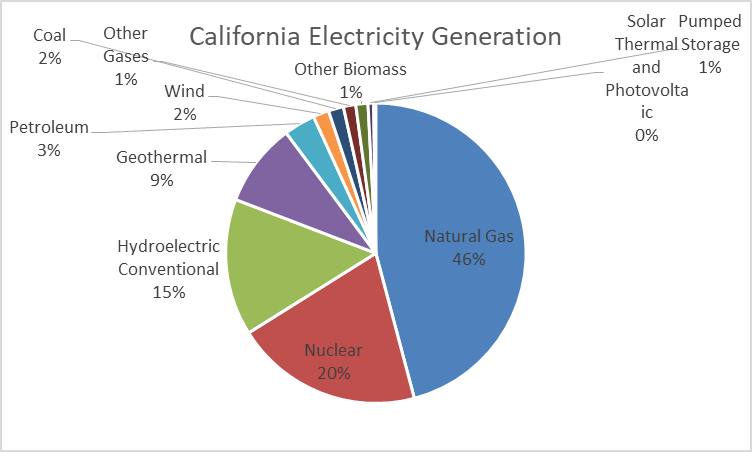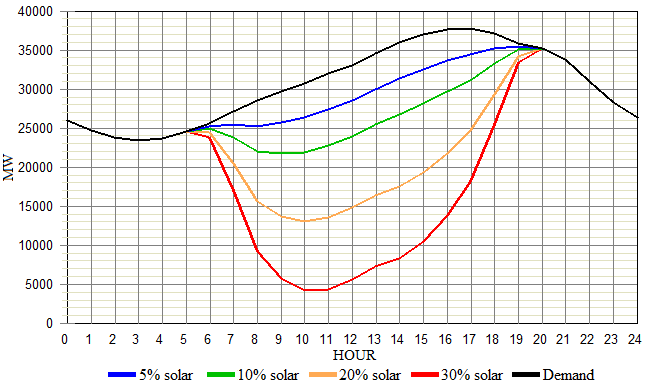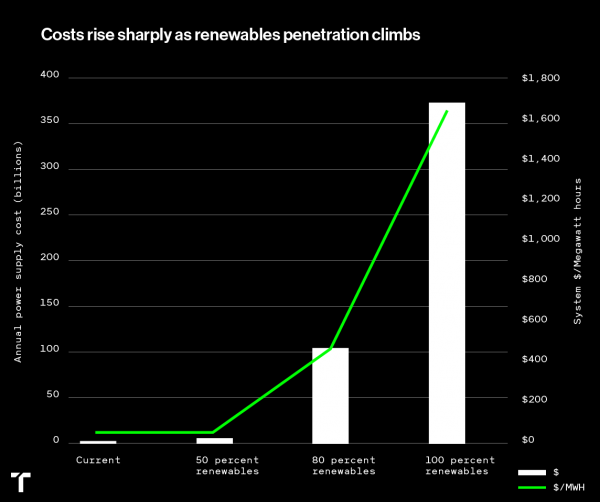
A recent webinar delivered some interesting facts to me. The average human brain weighs three pounds, as verified here. The presenter said the brain represents 2% of an average person’s weight but consumes 20% of the blood flow and calories. I thought, wow – that is interesting. The inverse of 2% is 50. The average person weighs 150 lbs? I would say that is quite generous!
The large part of the brain in charge of logic, reasoning, reading, writing, and thinking is the neocortex. Indeed, engaging that large portion of the organ for a long time wears a person down. But like physical exercise, I’m sure conditioning makes a big difference.
The presenter goes on to say the brain is a very complex organ but its decision-making process is very primitive and predictable. Those decisions are derived from the limbic brain. Kool-Aid drinkers are controlled by the limbic brain. They don’t think critically.
The limbic brain is “insanely focused on eliminating pains, threats, and fears, and if falls for a great story every time.” I thought (neocortex), the limbic brain controls the knee-jerk, tribalist, digging-in, Kool-Aid drinking, hostile part of peoples’ decision making. There is a reason it is also known as the reptilian brain. Bingo, this is why we have the political environment of the day.
Let me tell you something. Thinking critically and approaching issues and problems with an open mind is a lot more relaxing and peaceful than being driven by the lazy reptilian brain. Why? Because we’re all wrong half the time. If you are oversold on limbic thought and dug in, you either spend the rest of your life being wrong, or the face-saving price for admission of being wrong is high. Furthermore, it sets you free as an individual, and it is fun. I find it to be far more fun and relaxing to harass sports fans than it is to get involved in the rooting. The latter is stressful and very rarely rewarding. The former is certain to please.
The Rant is focused on engaging the neocortex. I have written about 500 posts at this point, and there is likely some limbic claptrap among those 45,000 words, but the basis for almost every post is sound data and information. So let us move on to some data and neocortexian considerations.
Utility Scale Batteries
I find the Massachusetts Institute of Technology, popularly known as MIT, produces copious volumes of credible information backed by sound analysis. They recently published an article explaining why grid-scale battery storage will never be paired with 100% renewable energy to power our lives and economy. The author cites the world’s largest lithium-ion storage facility will be built at Moss Landing, which I have visited several times. The 300 MW facility would store enough energy to power 2,700 homes for a month. Oooh. Per my calculations, that is about 0.01% of California homes and maybe 0.004% of total energy. Meanwhile, the state plans to shutter its single largest source of carbon-free energy, the Diablo Canyon facility, by 2025. See California’s electricity sources nearby; courtesy, eGrid.
While the 300 MW battery may seem substantial, Diablo Canyon delivers 1,250 times the energy in the same month noted above. The largest battery storage facility in the world delivers 0.08% of a run-of-the-mill nuclear plant.

Electricity Costs
The cost of electrical energy is driven largely by the load shape. If the grid-scale load shape is spikey, the cost of energy will be high. The cost to generate and deliver will be divided by relatively low sales.
Load shapes vary by region, time of year, and customer base. Below are examples from Florida (total), California (net after solar)[1], and a conglomeration of customer load curves into a net curve, which is quite cool. You can see the conglomeration cluster curve looks similar to Florida’s October or April curves.



We can see in the California sparrow curve that heavy doses of solar make the net curve more spikey, and more expensive. It is an illustration I mentioned a million times. Instead of having an asset like an efficient gas-fired combined cycle plant running most of the time, they only need something that runs for very short periods, but not short enough to be covered by batteries. The trend also makes it less affordable to build and use nuclear power. Instead of plants that churn and burn at a steadier state, capacity is built twice, and soon, three times:
- Always dispatchable gas (or other thermal) generation
- Undispatchable wind and solar
- Storage
Yes, but solar plus storage displaces thermal generation capacity? Not in the Midwest, where it has been cloudy since July.
Electricity Cost v Renewable Penetration
Back to the MIT article – the cost of electrical service rises exponentially with storage buildout around 50% renewable penetration. This is from the California Independent System Operator; not big oil, big coal, big gas, or big nuclear.
Prospects for electrification and storage seem attractive, but most of the country has natural gas. Natural gas is a great fuel. It is always available. It generates electricity and heat[2] for space and water heating. In summer when heat loads are low, a solar panel can fill the gap.
Here in Wisconsin, we need heat six months a year. That translates to free electricity for six months. A modest battery and hot water tank allow for efficient production of electricity, storing nearly all the benefits. At this point, I won’t waste further neocortex on this exercise because prices are low. However, once the steep portion of the chart above is reached, home generation with gas and solar panels could quickly become cost-effective.






